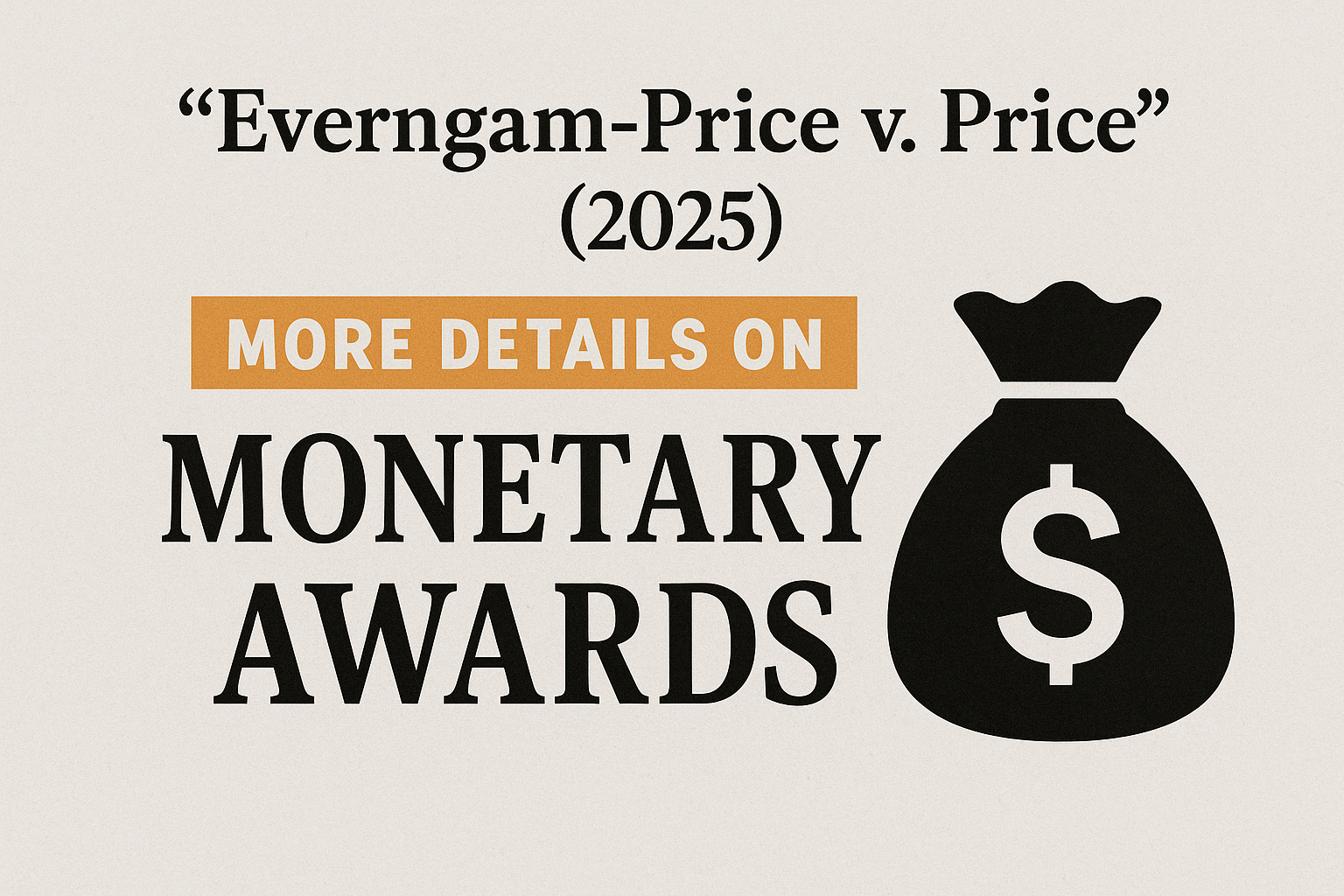Introduction: Title to Property Can Be Held in Various Ways
Estate planning is fundamentally concerned with the maximization of a given estate and the proper distribution of a given estate in the event of demise. Part of the reason why consulting with a qualified estate planning attorney is useful is because of how complex estate planning projects can be. Although the fundamentals of estate planning are relatively simple, the concepts involved can be more difficult, and there is plenty of information to absorb. When it comes to titling property, for instance, Marylanders can take title in a manner which furthers estate planning goals.
Marylanders can hold title to property in different ways. This is something which isn't always known to the typical layperson. In this post, we will go over the multiple options to hold title and discuss how these options are relevant to estate planning.
Titling Property: Individual Ownership
The most common way to title property is to have the property be held solely in one person’s name. This “individual ownership” structure generally involves a “fee simple interest,” although other interests are also possible. As readers may know, fee simple interest simply means a full possessory and ownership interest with the power over future distribution of the property. Holding an individual ownership title to a property is beneficial for estate planning purposes, mainly because handling such property is straightforward: if the property isn’t included in an owner’s will, then the property will be subject to the state's intestacy laws. This is also the potential drawback of such ownership: the property doesn’t “automatically” transfer to a particular beneficiary, and so reference in a will is necessary.
Titling Property: Co-Ownership Structures – Tenancy-in-Common & Joint Tenancy
Property can also be held jointly by multiple persons in one of several different “co-ownership” structures. One of these structures is referred to as “tenancy-in-common,” or TIC. A tenancy-in-common structure permits multiple co-owners to have a fractional “undivided” interest in a single piece of property. Co-owners can have uneven ownership percentages, and each fractional interest is treated as a “whole” for tax, legal and Section 1031 purposes. Titling property in this manner can be useful from an estate planning perspective for several reasons. For one, TICs are often held in income generating assets, and so many TICs are quite valuable from an estate maximization standpoint. In this way, these structures can be highly useful. And, the eligibility of these structures for 1031 exchanges is also relevant from an estate maximization standpoint as well.
Another type of co-ownership structure is known as “joint tenancy” or more commonly “joint ownership with rights of survivorship” in Maryland. Joint ownership may involve more than 2 owners, and the owners need not be a married couple (which is the case with “tenants by the entirety”). In a joint ownership structure, each co-owner has an equal percentage of the underlying property, and the ownership share of any individual co-owner will be distributed equally between all surviving co-owners. Importantly, when property is titled in this way, the property is removed from the probate process altogether; the property automatically transfers to the surviving co-owners, and so this option is often preferred for estate planning purposes.
Contact the Murphy Law Firm for More Information
Readers who want to learn more about titling property, co-ownership structures, tenancy-in-common structures, or another estate planning topic, contact one of the estate planning attorneys at the Murphy Law Firm today by calling 240-214-5243.







.webp)




.png)

.png)

.png)
.png)
.png)

